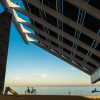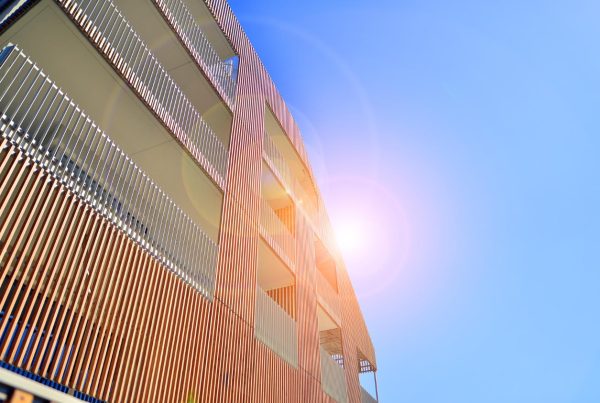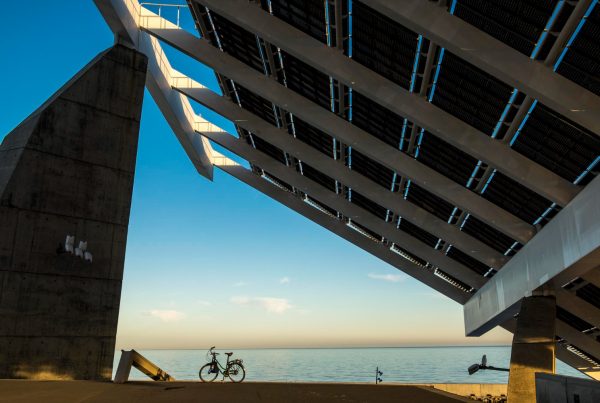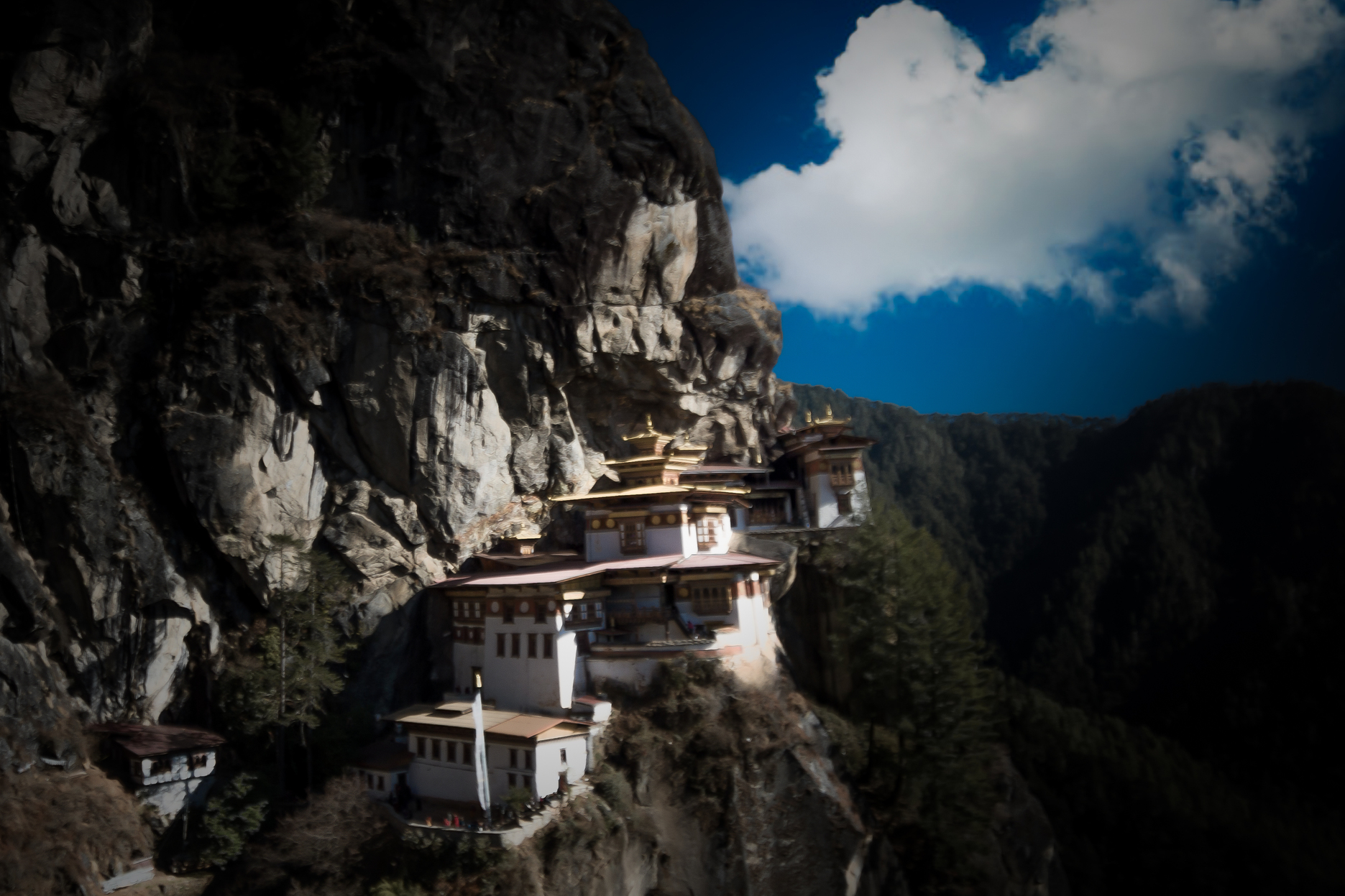
In this segment of our series on Bhutan, we delve into the nation’s resolute dedication to preserving its verdant landscapes and pioneering sustainable construction practices.
At the 2023 International Construction Transformation Conference in Kuala Lumpur, Tenzin Dorji, a Bhutan Construction and Transport Authority delegate, emphasised Bhutan’s dedication to environmental protection.
Dorji said: “Bhutan’s constitution mandates that at least 60% of its land must remain forested, solidifying its stance as a net carbon sink.” This statutory commitment underscores Bhutan’s pledge to maintain a substantial portion of its terrain as a thriving carbon-absorbing haven.
Net carbon sink efficiency is used to measure carbon-neutral performance. A spatial spillover effect existed between urbanisation and net carbon sink efficiency across counties.
Hydropower takes centre stage as a clean and renewable energy source, further amplifying Bhutan’s dedication to combatting climate change, he says. The nation’s abundant biodiversity flourishes under the protective canopy of Bhutan’s environmental commitment, where tree plantation initiatives become symbolic threads woven into the very fabric of Bhutanese life.
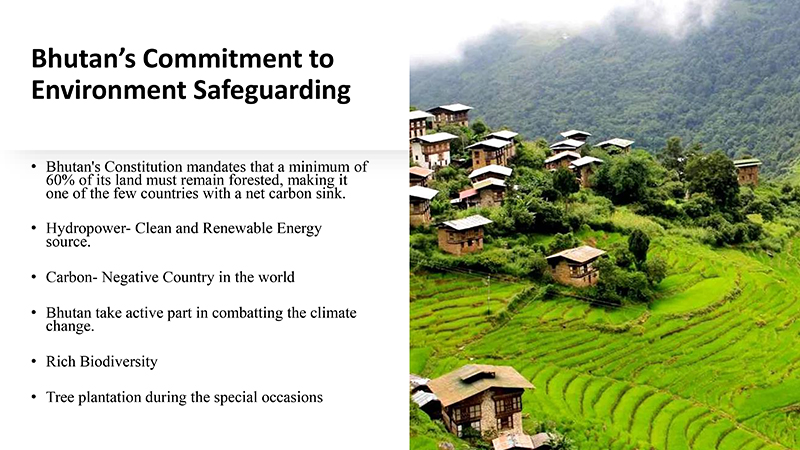
The “Bhutan Green Building Design Guidelines” have been officially embraced. These guidelines are a response to the substantial impact of rapid urbanisation and economic growth on Bhutan’s environment over the past decade.
As the built environment in Bhutan has expanded, the necessity for green and sustainable practices in building design and construction has become increasingly urgent. Buildings adhering to green and sustainable design principles contribute to environmental preservation and require fewer natural resources for construction, operation, and maintenance.
The main objective of the Bhutan Green Building Guidelines is to promote the widespread adoption and implementation of green design and construction practices across the country. These guidelines offer straightforward information and recommendations tailored for local professionals, builders, owners, and institutions. The aim is to facilitate the seamless integration and application of green design and construction principles in their projects, making sustainable practices more accessible in Bhutan’s building sector.
In the next part, let’s focus on Bhutan’s strides in sustainable construction, focusing on practical initiatives to ensure a greener and more eco-friendly future.
Article 1: Bhutan’s Blueprint for Bliss: A Journey into Gross National Happiness
Article 3: Building the Future: Bhutan’s Sustainable Construction Odyssey



